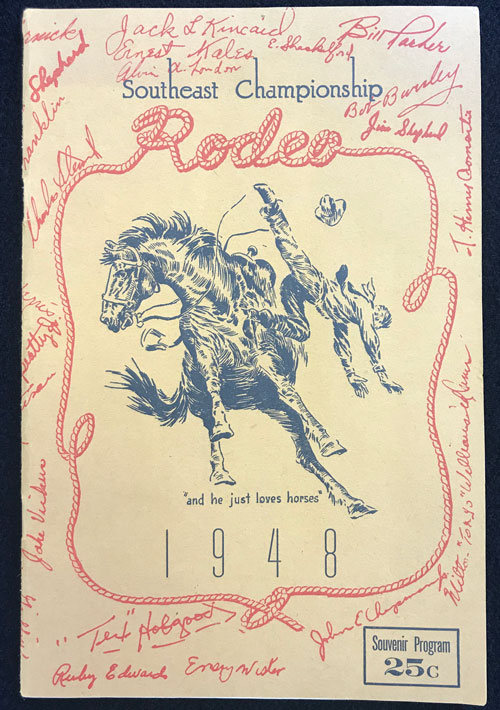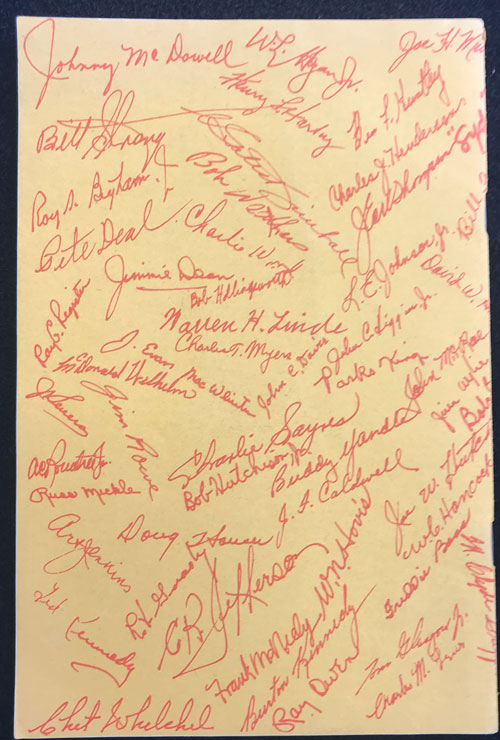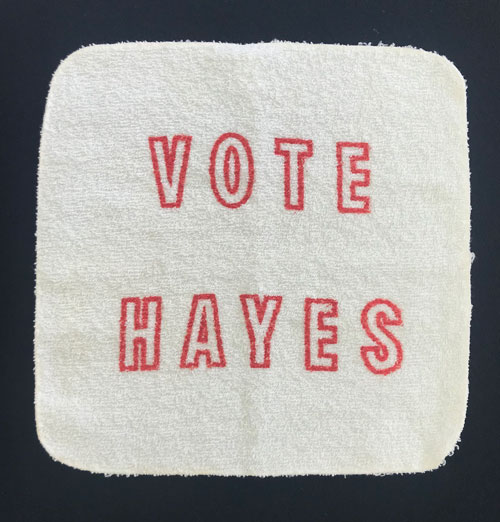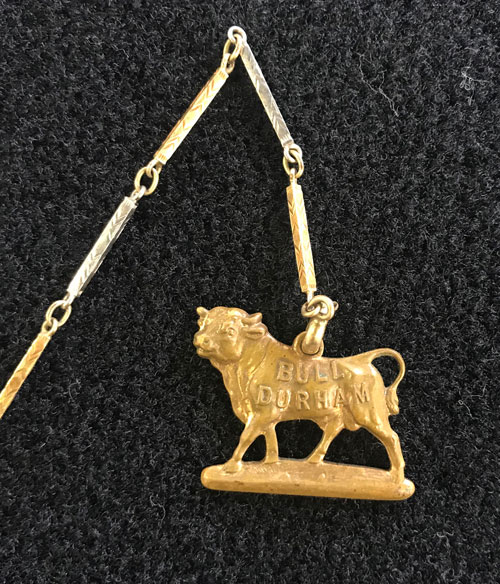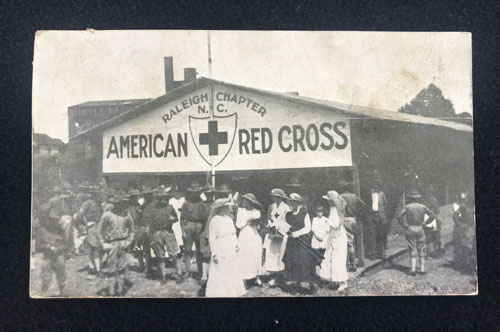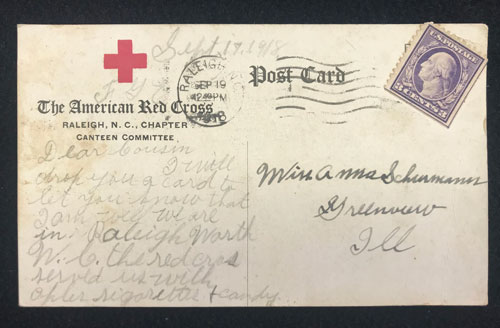“When it comes to actual crimes — real rapes — at the turn of the twentieth century, the record is full of silences. There seems not to have been any investigation into the alleged crime wave in eastern North Carolina at the end of the 19th century, even though supposed black crime furnished the rationale for a bloody attack on blacks in Wilmington and for subsequent disfranchisement….”
— From “Southern History Across the Color Line“ by Nell Irvin Painter (2002)

